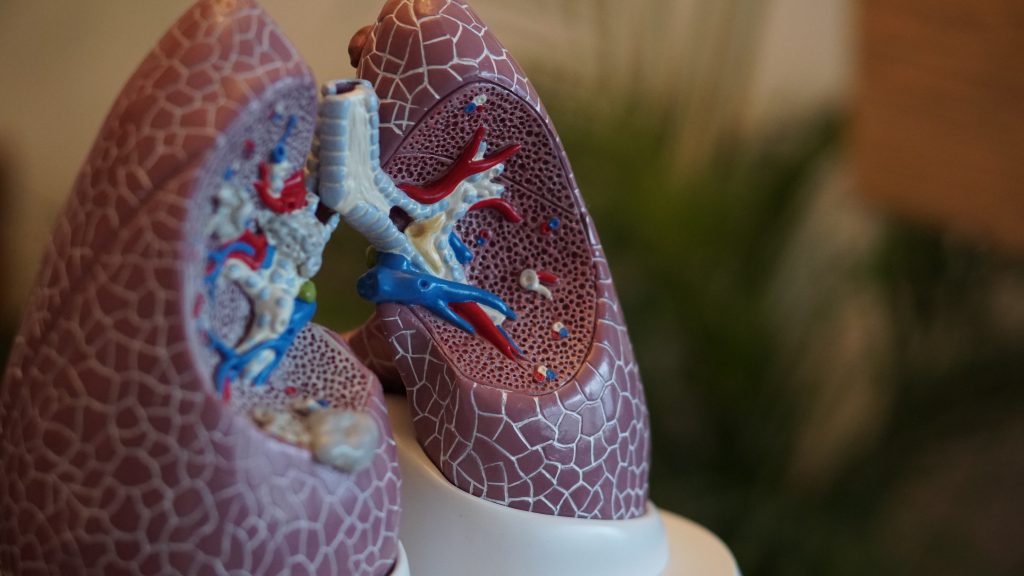A New Treatment For Lung Disease Is Yielding Incredible Results
Nanoparticles in conjunction with mRNA technology, the same technology used to develop the Covid vaccine, is being used to treat lung disease, and it's yielding incredibly promising results.
This article is more than 2 years old

Engineers and scientists at the University of Massachusetts Medical School have developed a breakthrough treatment for lung disease. They are applying nanoparticles to transport mRNA to the diseased areas within the lungs. This treatment will be applied to reduce several types of lung diseases.
In simplistic terms, these nanoparticles will bind to gene-editing components and transport them to areas of the lungs that need medical intervention. These mRNA gene-editing components will be capable of replacing these diseased genes, thus reducing the impact of the aliment on the body.
Recently it has been trialed in mice, and the results have been excellent, which is a promising start for the new gene therapy. During the mice study, the engineers and scientists used gene editing machinery to deliver the newly developed particles. With further development, this new gene therapy could eradicate various lung diseases.
Messenger RNA, if it can be transported, could be the medical intervention patients need to be relieved of these diseases. The greatest obstacle met when developing applications for messenger RNA is how difficult it is to get it to the correct target site. Many nanoparticles that have been injected into the body end up in the liver. Due to this, many different applications for gene therapy focus on liver diseases.
The nanoparticle in question was created in 2019. They are comprised of polymers. Within the polymer is a protein that can repair the diseased cells that line the inside of the respirative organ. Constructing the nanoparticle with polymers makes it easier to get into the body through inhalation. However, this gene therapy needs further development to increase the nanoparticle efficiency of this treatment.
From the development of that particle, they are continuing their study into developing a lipid-based nanoparticle. The particles comprise of a head and a long tail. The head, which in scientific terms has a positive charge, ensures the nanoparticle interacts and binds with the mRNA, which is negatively charged. The tail, constructed of lipids, will ensure the treatment will reach its target site.
During the development of this nanoparticle, there were ten different structures for the lipid tail and over seventy different heads. The various combinations were then injected into mice, and the best-performing ones were determined.
With one dose of the new and improved gene therapy, the engineers and scientists saw a forty percent increase in lung epithelial cells transfected. Two additional doses of this new medical treatment increased the treatment of lung cells to sixty percent. This showed the experts that their gene therapy could change the infected or diseased cells within the lungs.
Another excellent attribute of this medical practice is that the nanoparticle can be broken down within a few days, so there is no risk of severe side effects like inflammation. These nanoparticles can also be used several times to deliver this therapy to patients, which gives them an advantage over other mRNA delivery mechanisms.
This is an excellent achievement by all the experts involved, and hopefully, the rest of the development process will be successful. If it is, it will significantly help thousands of patients suffering from lung diseases.



